Chasing the Dirac liquid and semiconducting-to-metallic photoconductivity crossover in optically excited ultraclean graphene
Monolayer graphene is a gapless two-dimensional (2D) material with the hexagonal lattice and distinctive Dirac electronic structure. While the Fermi liquid is the canonical picture with which we understand conventional 3D metals screening long-range Coulomb interactions, the Dirac liquid can be used to theoretically describe 2D Dirac fermions near its quantum critical point (QCP). The undoped and ultraclean graphene near the QCP with marginally irrelevant Coulomb interactions is the key to understand the pure role of electron-electron interactions. In this seminar, I will describe how we observe the preliminary proof of Dirac liquid in the ultraclean graphene system by developing and applying the extremely sensitive on-chip terahertz (THz) time-domain integrated waveguide in the past one year. We investigate the response of frequency-dependent complex photoconductivities contributed from hot electrons upon near-infrared excitation at 77°K, and show the semiconducting-to-metallic crossover by sweeping the gate voltages. According to the results of fitting the change in conductivities (Ds), the electronic temperatures and the order of electron-electron-scattering rates can be extracted and well compared to Dirac liquid predictions.


